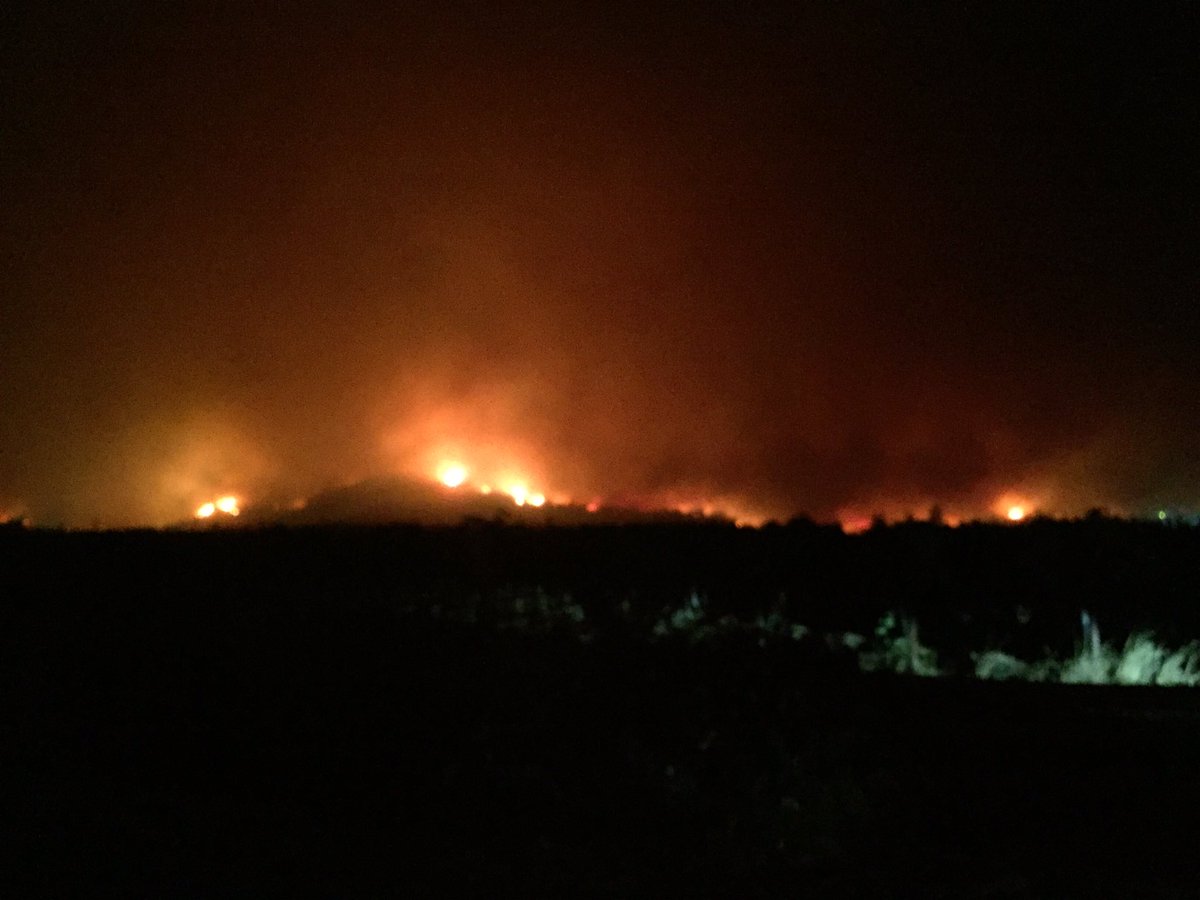The Issue
Nearly 85 percent of wildland fires in the United States are caused by humans, resulting from campfires left unattended, the burning of debris, equipment use and malfunctions, negligently discarded cigarettes, and intentional acts of arson.* This includes 11 percent of fires caused by equipment such as weed cutters, cars, tractors, and trucks. Additionally, researchers at the University of Colorado estimate that man-made fires have tripled the average fire season over the past 21 years from 46 days to 154 days.
Limiting the amount of human activity and the use of equipment in fire-prone areas is the single -- and most powerful -- option available to us to reduce risks. This includes limiting commercial development, which attracts traffic, visitors, and equipment to high-risk areas.
* US National Park Service data
What We're Doing
Former Napa Vision 2050 board member George Caloyannides (author of the highly successful Measure D, which limited private heliports in Napa), is proposing an ordinance to limit commercial development in fire-prone areas and along substandard, narrow and twisting hillside roads, mile-long driveways with no public secondary escape routes, and on exceedingly long public dead ends. Should our Board of Supervisors not support such an ordinance, it will go to the people as a ballot initiative in 2022.
Our Vision
Commercial development stays in our cities and vineyard development stays in less fire-prone, accessible Ag Preserve, and Ag Watershed (Carneros) sites. The cumulative impact of permitting decisions is finally taken into account.

